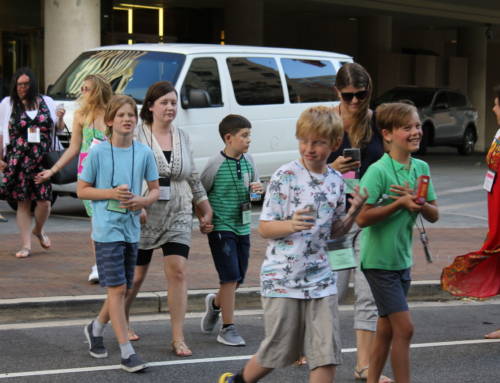Getting kids interested in science can be challenging. The Library of Congress has many online resources available to K-12 educators and their students including lesson plans, reading lists, and more that each relate to a specific topic in science. You can find these resources by visiting https://www.loc.gov/education/.
This month we are featuring the list entitled, “Girls & Science Education: How to Engage Girls in Science”. As our economy becomes more technology-oriented, it is increasingly important to get people of all genders, races, and backgrounds involved in STEM-related careers. Yet for some reason, by high school fewer girls than boys are interested in a career in science, engineering, or applied science career. How can we bridge this gender gap? The resources on this list, available at http://www.loc.gov/rr/scitech/SciRefGuides/girlscience.html, provide some direction.
The list is not just a book list, but provides online resources for teachers, parents, researchers, and young women. The list is extensive – 8 pages long! – so we suggest you take a look for yourself to find resources that best fit your own situation.
The first resource we are highlighting is The Ultimate GIRLS’ Guide to Science, written by Beth Caldwell Hoyt and Erica Ritter. The introduction begins with “Science is a girl thing.” Broken into chapters devoted to a specific branch of science or applied science, the book is conversational in tone and doesn’t once mention being pretty, popular, or liked by peers. Parents of girls will agree this is a welcome change in the way society communicates to our daughters. Each chapter has a mini-quiz that helps students determine if the particular branch of science is suited to her interests, a description of the discipline, and profiles of women whose careers are built around that discipline. This is an excellent resource that could and probably should be present in all science classroom and school libraries, as well as a welcome addition to the home libraries of families with girls. Published by Beyond Words Publishing, 128 pages, Library of Congress call #Q130.K37
The second resource we want to bring to you is from the Institute of Education Sciences at the National Center for Education Research. The IES Practice Guide is entitled Encouraging Girls in Math and Science and describes research into the reasons fewer women pursue careers in math and science than men. The publication also lays out 5 recommendations that educators and parents alike can apply to encourage more girls to major in STEM-related programs after high school and beyond. We will be honest with you – the reading can be a tad dry with its cited studies, charts, graphs, and research-based data. However, we also know that you as parents and teachers care about this topic and that wading through a technical document is not going to stop you from doing what is good for your students. The guide is about 40 pages long (more if you include the pages of citations at the end), and the first ten detail studies and results of those studies. The majority of the booklet is devoted to the recommendations, and tips for implementing them. Each recommendation is also backed up with potential roadblocks to implementation and solutions to overcome them. It’s definitely a worthwhile read for anyone who teaches girls and wants to encourage more of them into STEM fields. Encouraging girls in math and science. Diane F. Halpern and others, 47 pages. Library of Congress call number QA27.5.E53 The document is available in pdf format from a wide variety of sources; check with your local library or your school’s media specialist if you are having trouble finding it online.



